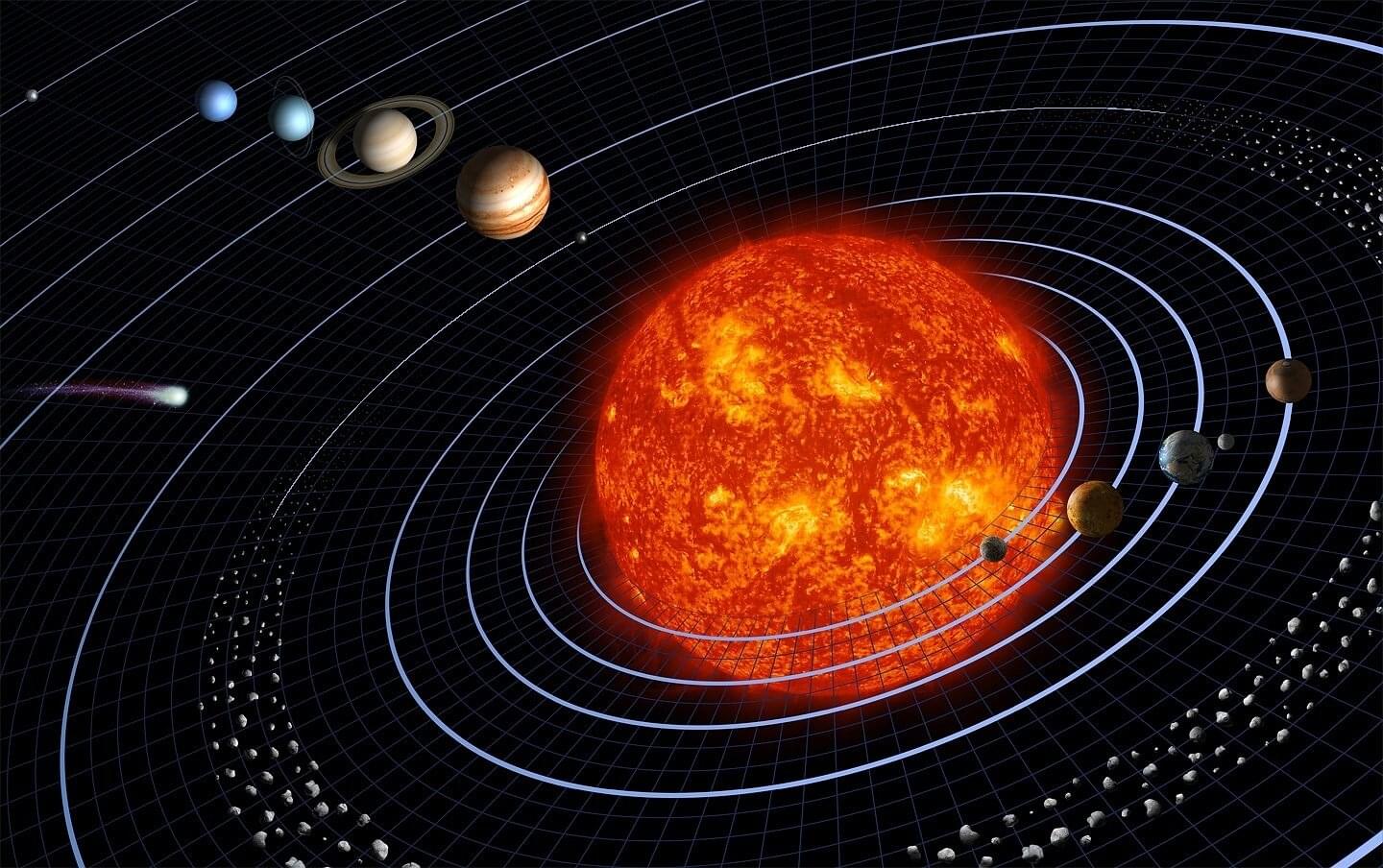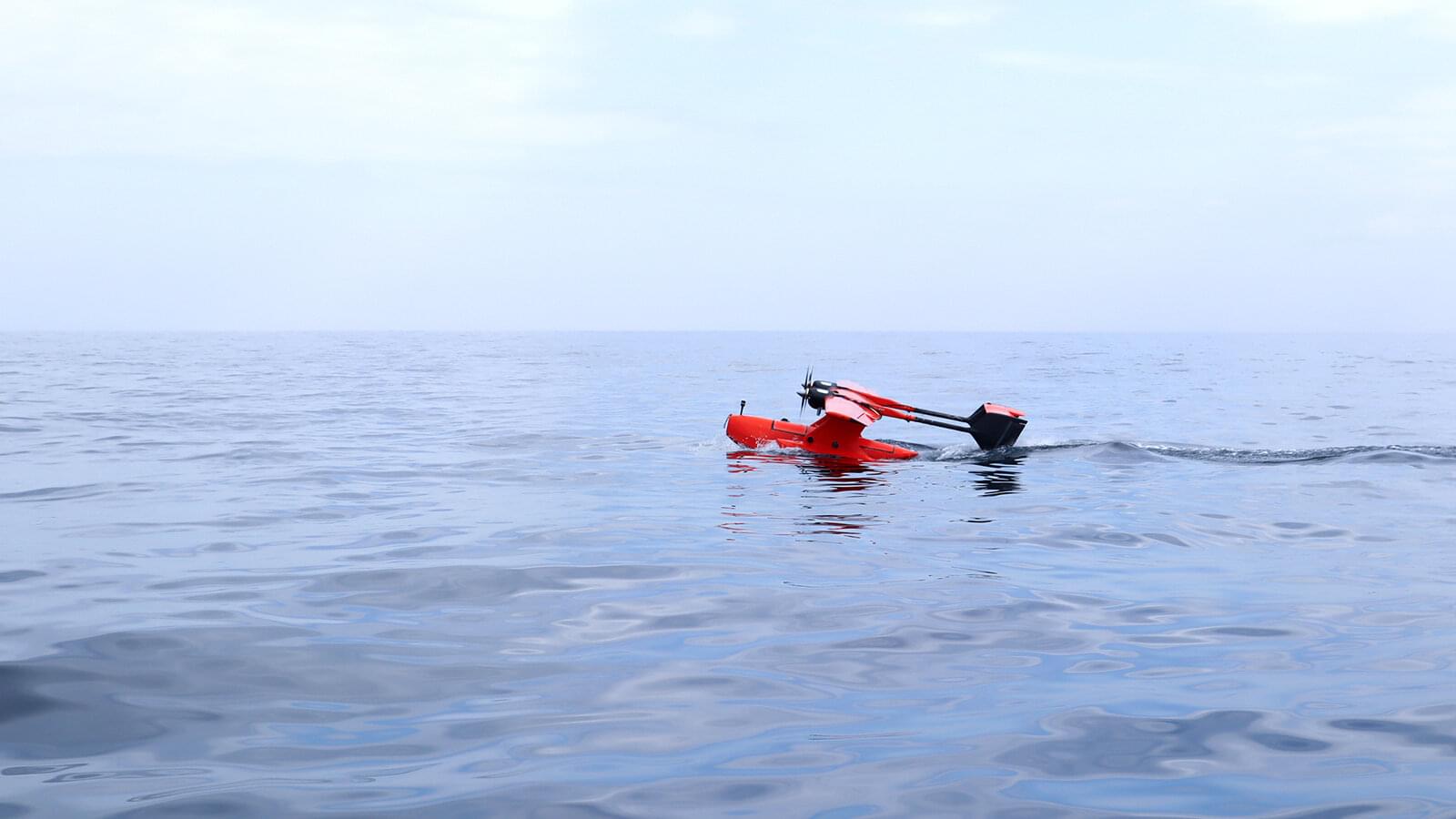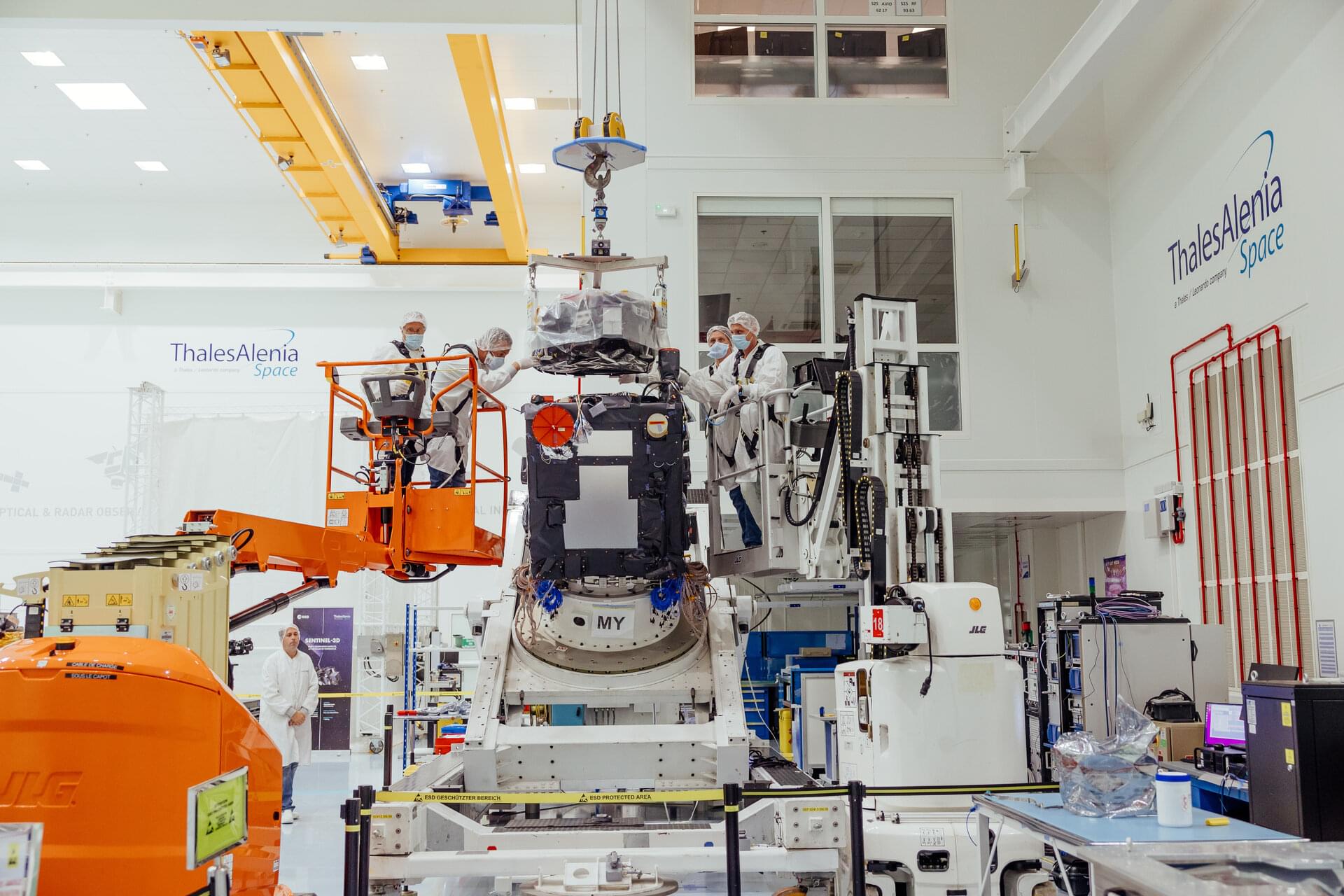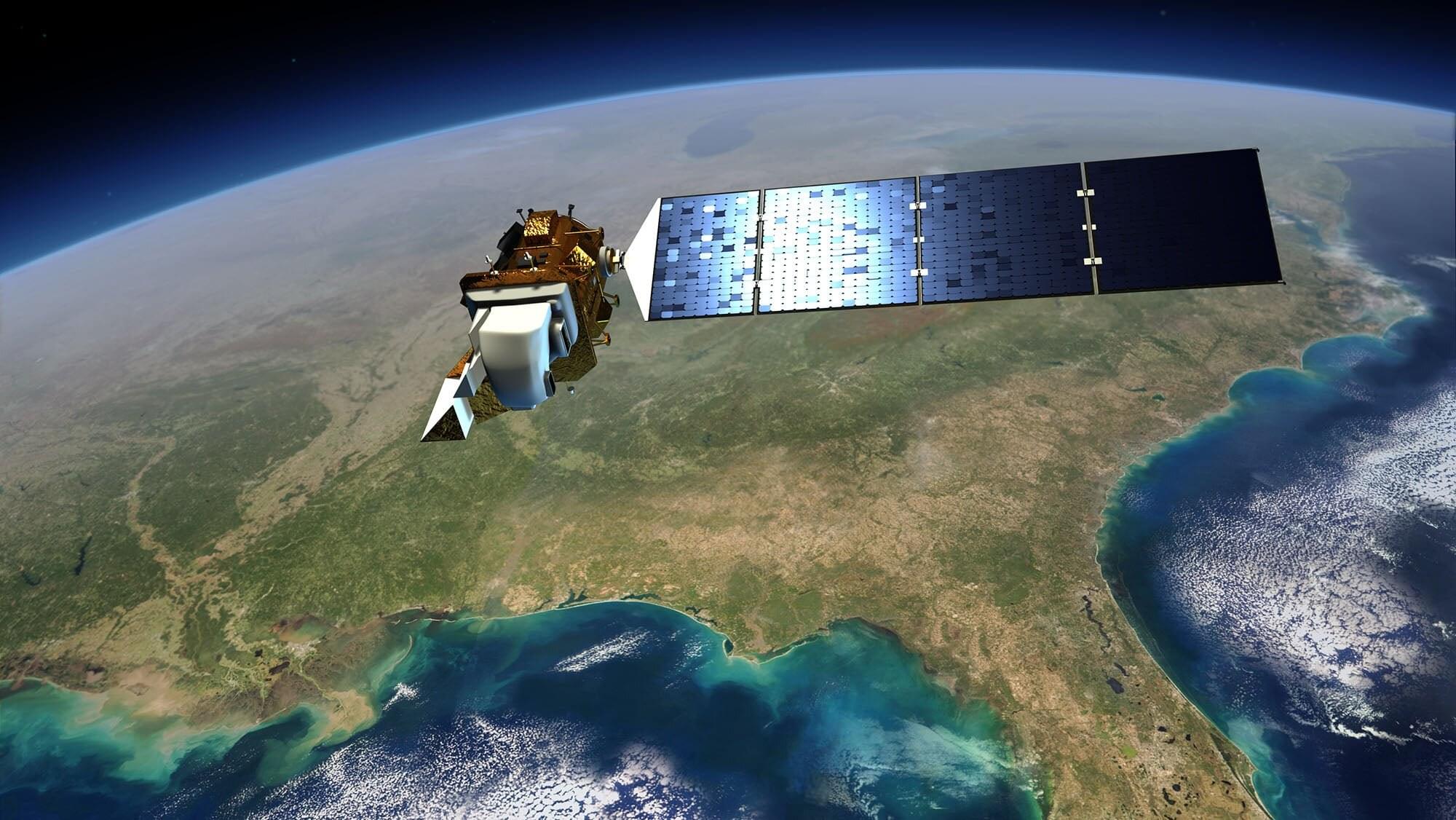The ancient Japanese art of paper-folding, or origami, is already inspiring the design of the next generation of space vehicles, but now there’s a new family of origami shapes that could make them even more compact and reliable.
Larry Howell at Brigham Young University and his colleagues have developed a new class of origami structures called bloom patterns that fold up flat and unfold like flower petals. These clever folding designs could also be used for other structures in space, such as telescopes and solar arrays.
Origami-based designs are perfect for spacecraft because they can be made to fold up for launch and then unfold or deploy to their full size in space or when they arrive at their destination. This ability to pack tightly not only makes missions cheaper to launch but also allows smaller payloads to easily hitch a ride on a rocket carrying another satellite.







